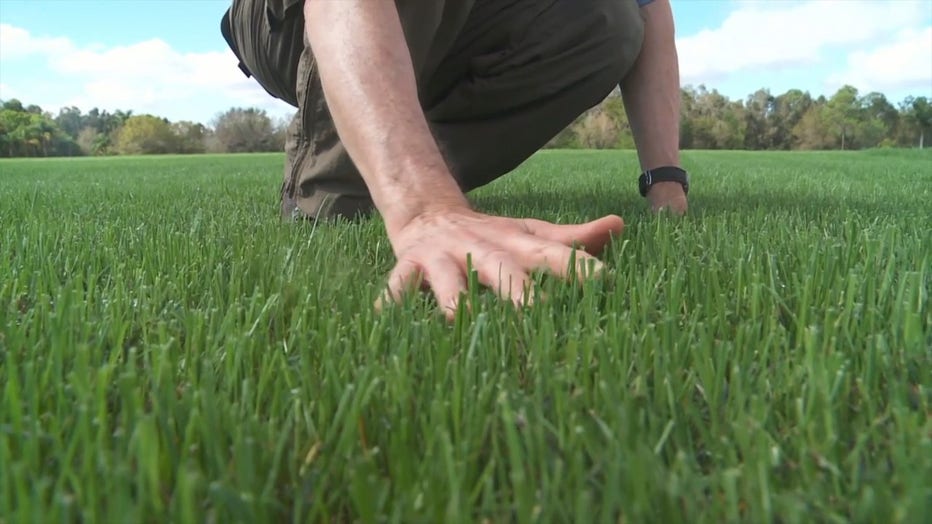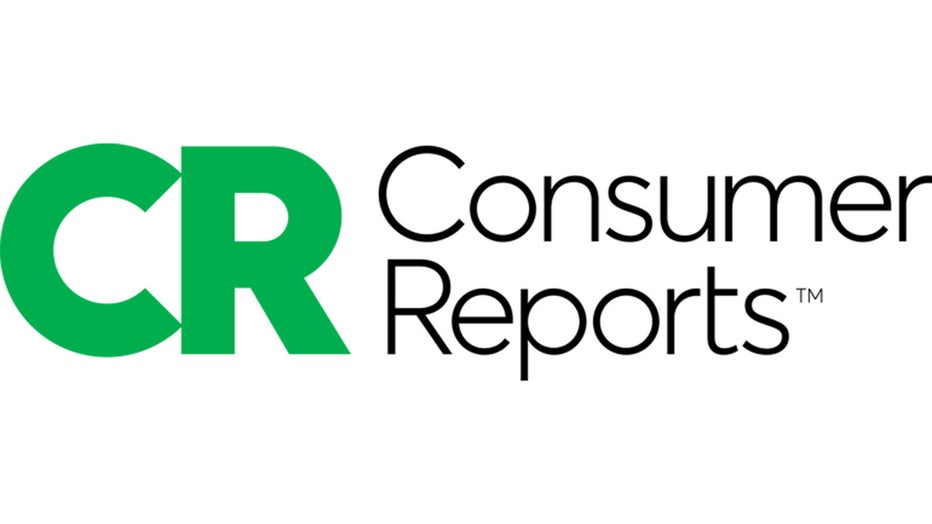Lawn care without the chemicals
Are you trying to keep up with your neighbor’s immaculate green lawn?
It turns out it’s probably better for your community and the environment if you don’t.
Consumer Reports tells us why a perfect carpet of green lawn isn’t so green.

Some synthetic lawn-care products may be helpful to your yard in the short term but over time, experts say they can actually harm beneficial organisms in soil and won’t lead to a healthy
ecosystem in the long run.
What’s more, Consumer Reports says research has linked many lawn chemicals, even at low levels, to potential health problems.
You can track pesticides into your home from the lawn, where they can get into the dust on your floor and your carpet.
Children could be exposed to that.
Several common lawn pesticides are suspected to be linked to a variety of conditions like diabetes, and reproductive and developmental problems.

And lawn chemicals don’t always stay on your lawn. Fertilizers can be a source of water pollution, sometimes sinking deep into the soil and into local waterways or groundwater.
The pesticide and fertilizer industry maintains that the Environmental Protection Agency’s approval of existing lawn pesticides means the chemicals should be safe to use as directed on
the label.
But many safety advocates say the EPA’s testing requirements are outdated.
Standard EPA tests don’t reflect the latest in toxicological sciences.

Therefore, some significant effects of pesticides can go undetected.
Still, Consumer Reports says it’s possible to move away from conventional lawn care.
It just requires a bit of strategy, a few new habits, and some fresh ideas about what your yard should look like.

All Consumer Reports material Copyright 2021 Consumer Reports, Inc. ALL RIGHTS RESERVED. Consumer Reports is a not-for-profit organization which accepts no advertising. It has no commercial relationship with any advertiser or sponsor on this site. Fo

